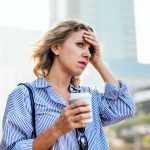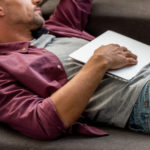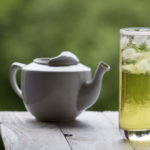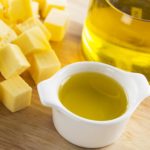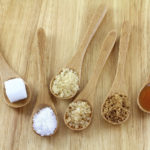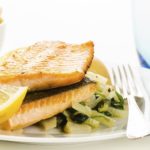Are Caffeine Naps An Effective Way To Recharge?
Is it true that consuming caffeine and then taking a brief nap is a good way to boost energy?
Andrew Weil, M.D. | July 28, 2022
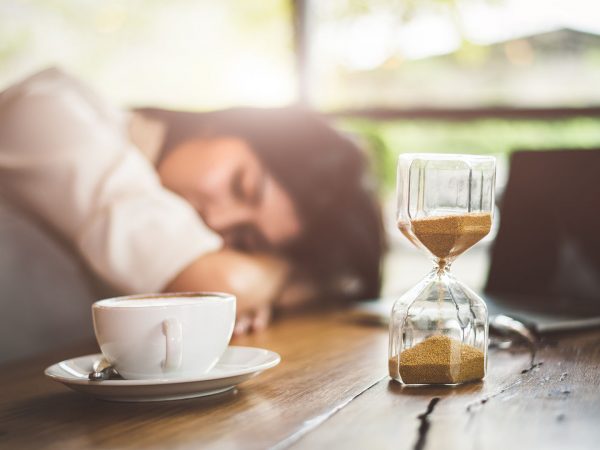
I’m not a big proponent of copious caffeine consumption in general – caffeine is a powerful stimulant that, especially in the form of coffee, has been associated with heart palpitations, high blood pressure, anxiety, insomnia, gastrointestinal and urinary disorders, prostate trouble, and PMS. It’s also been shown to be addictive, with unpleasant effects when you stop abruptly. It’s true that studies have shown that taking a short nap after consuming caffeine can help you stay awake when you need to – during an overnight shift, for example, or on a long drive. This so-called “caffeine nap” may help you in a pinch, since it would certainly be better than falling asleep behind the wheel, but it’s not something I would recommend as a regular energy booster.
The theory behind the caffeine nap is that it takes about 30 minutes for the stimulant effect to kick in after consuming coffee or another caffeinated beverage. Taking a short nap immediately after consumption means that the caffeine doesn’t interfere with your ability to fall asleep, and the boost begins soon after you wake up.
In one classic study, the combination of a nap and the caffeine effect was shown to reduce sleepiness during a two-hour shift on driving simulators in slightly sleep-deprived participants. Researchers compared the performance of 12 graduate students divided into three groups who took a 30-minute break between a half-hour drive and the longer trip. One of the groups had consumed decaffeinated coffee; the second drank caffeinated coffee; and the third took a short nap after drinking caffeinated coffee.
The simulator monitored performance, recording incidents of drifting out of a lane and colliding with a slower vehicle, and an EEG recorded episodes of falling asleep. The caffeine-plus-nap group demonstrated far superior performance when compared with the other two groups, with no incidents at all in the first 90 minutes. Levels of alertness were also higher in that group, both on subjective reporting and on EEG results, although that effect lessened after the 90 minutes.
In a more recent study, Japanese researchers asked 10 healthy young adults to perform a computer task for 15 minutes, take a mid-day break, then go back to the task for another hour. During the break, the participants either took a nap, had caffeine followed by a nap, took a nap followed by being exposed to a bright light, took a nap followed by washing their faces, or took a rest without sleeping. They were then given a memory test, and their reaction time and number of incorrect answers were recorded along with subjective reports of sleepiness. The best results in after-lunch performance were seen in both the group that took a caffeine nap and the one that took a nap followed by one of the two actions (face washing or bright light exposure).
Rather than combatting sleepiness with caffeine, I would suggest getting sufficient sleep at night and allowing yourself a short nap during the day when you need one. (See my article about Fighting the Need to Nap.) Keep the nap brief so you don’t fall into a deep sleep and then interrupt it – that’s why longer naps can leave you feeling groggy when you wake up.
Andrew Weil, M.D.
Sources
Reyner LA, Horne JA. Suppression of sleepiness in drivers: combination of caffeine with a short nap. Psychophysiology. 1997 Nov;34(6):721-5. doi: 10.1111/j.1469-8986.1997.tb02148.x. PMID: 9401427. https://pubmed.ncbi.nlm.nih.gov/9401427/
Hayashi M, Masuda A, Hori T. The alerting effects of caffeine, bright light and face washing after a short daytime nap. Clin Neurophysiol. 2003 Dec;114(12):2268-78. doi: 10.1016/s1388-2457(03)00255-4. PMID: 14652086. https://pubmed.ncbi.nlm.nih.gov/14652086/


